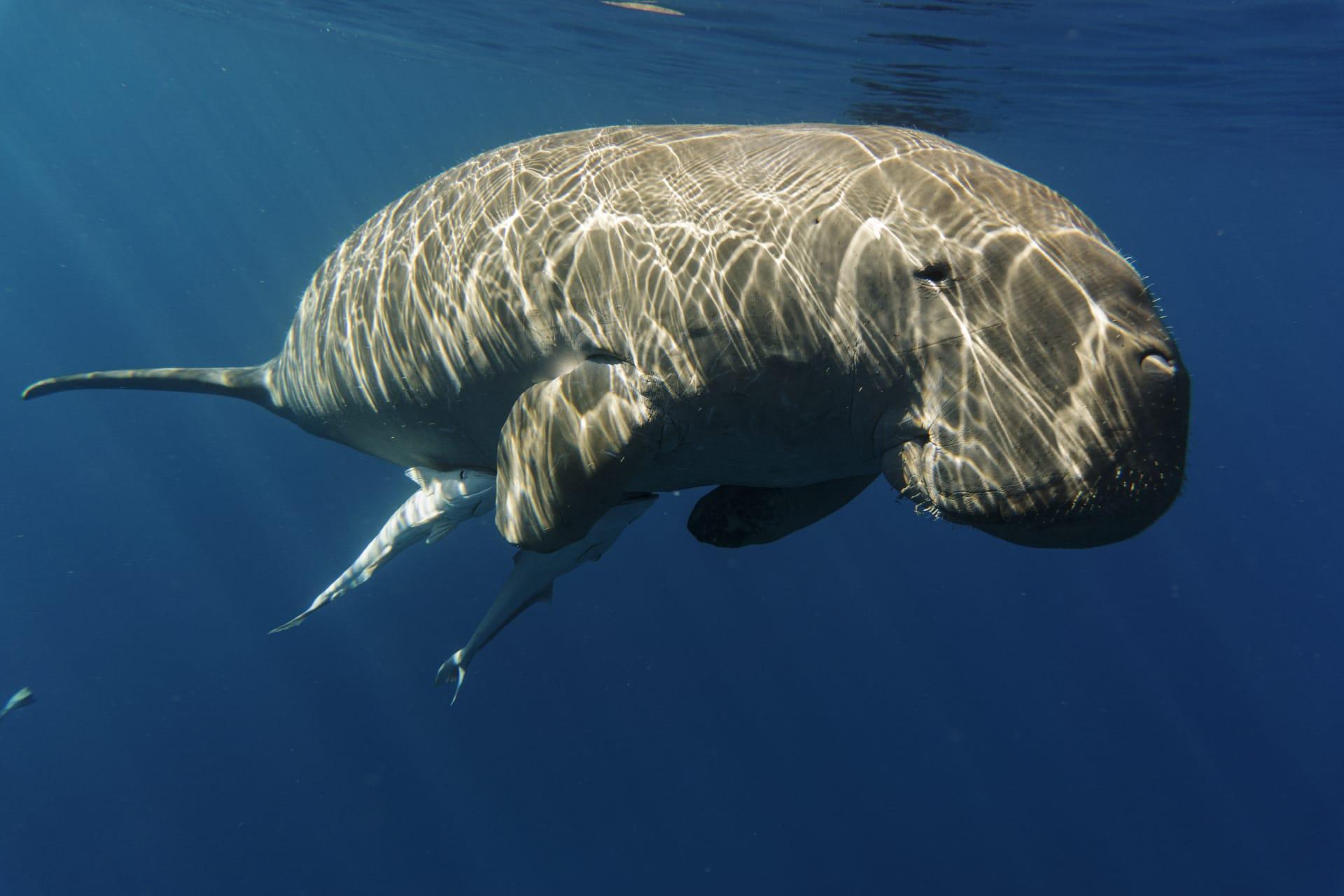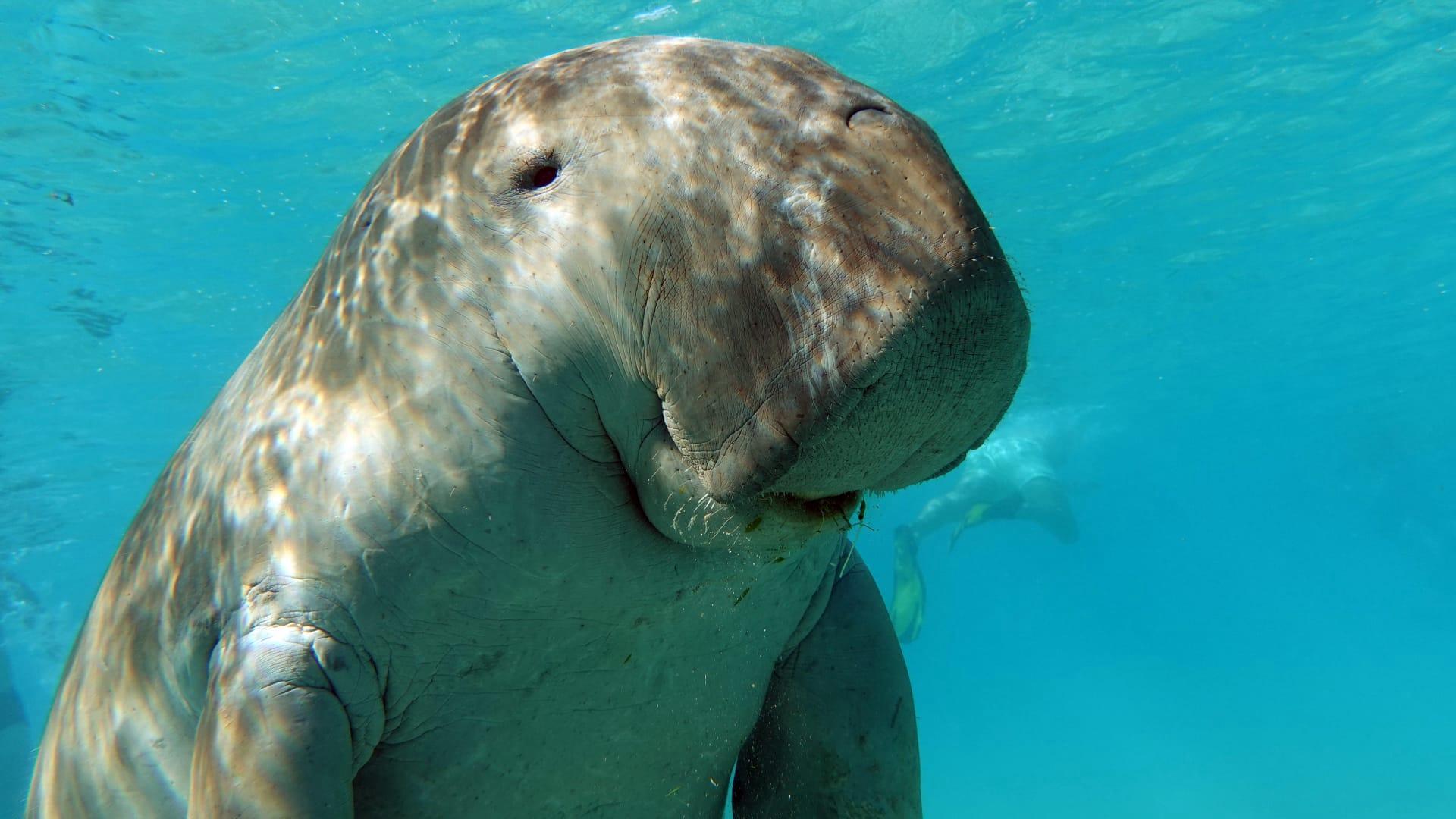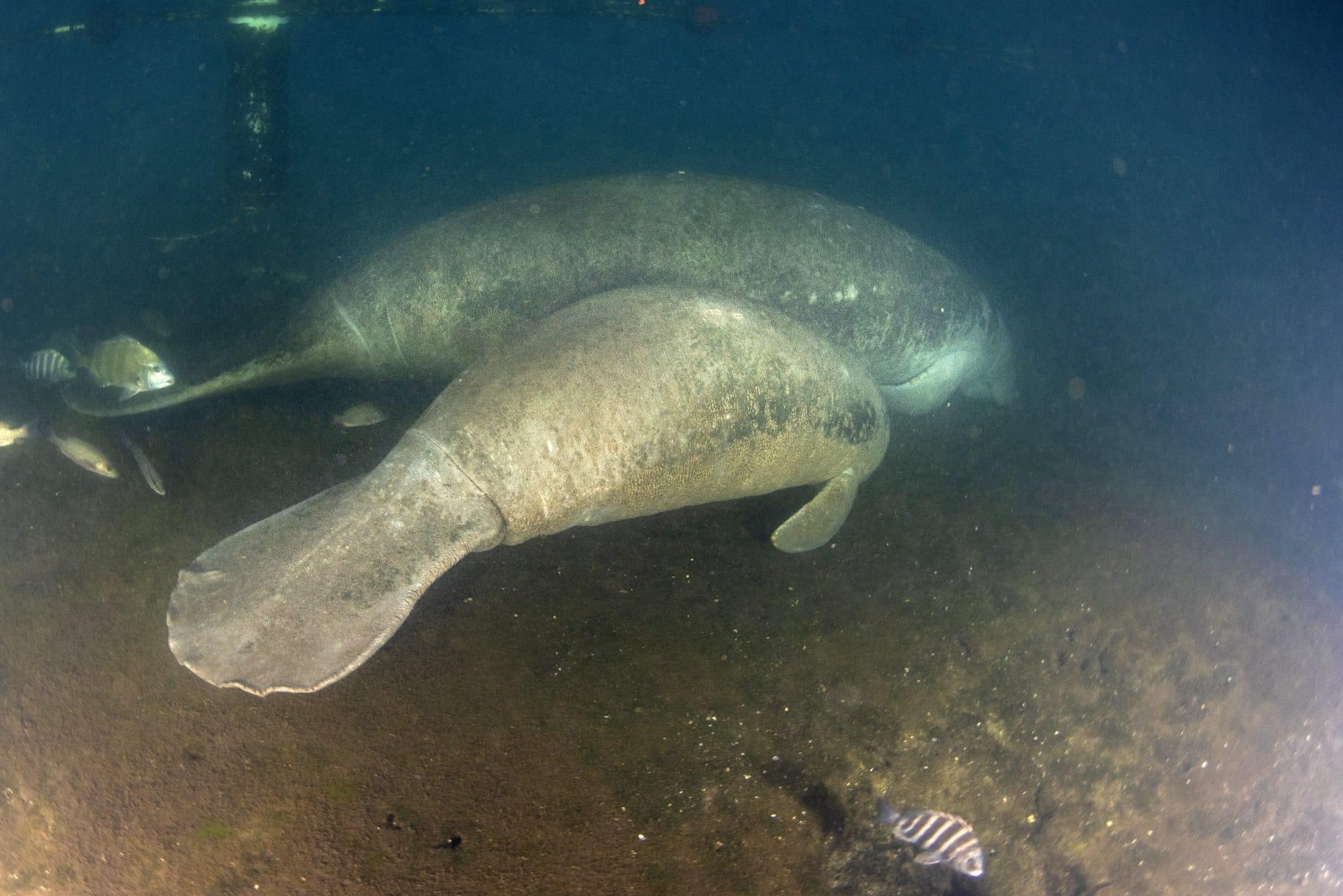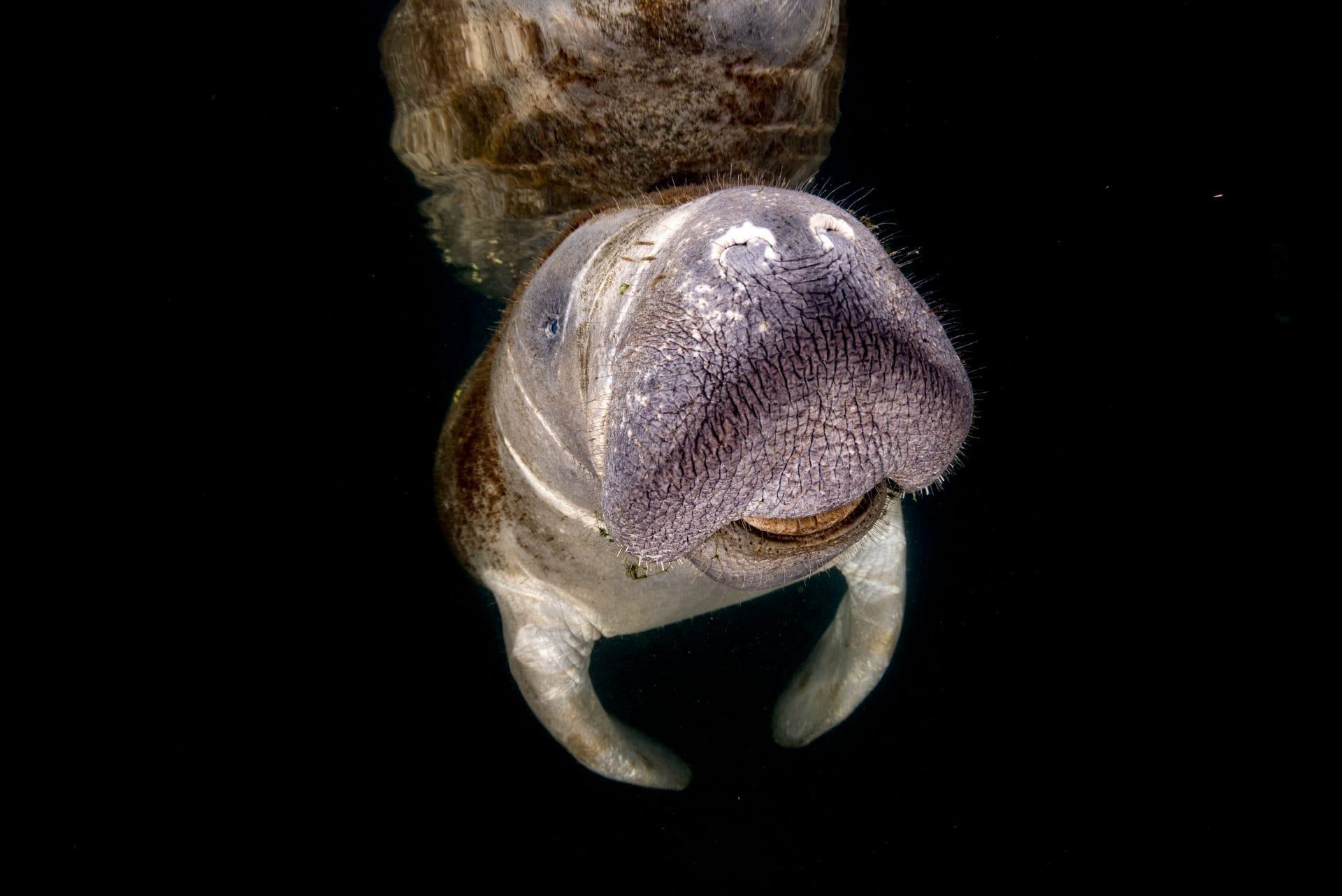Manatee
- Home /
- Mini Encyclopedia /
- Animal /
- Manatee
1
Manatees, often called sea cows, belong to the order Sirenia, which is divided into two families: Trichechidae and Dugongidae. The Trichechidae family, where manatees are classified, has three species: the West Indian manatee (Trichechus manatus), the Amazonian manatee (Trichechus inunguis), and the African manatee (Trichechus senegalensis). Each species has distinct physical characteristics and habitats. For example, the West Indian manatee has two subspecies, the Florida manatee and the Antillean manatee, which vary slightly in size and color.
Manatees are found in a variety of aquatic environments, including oceans, rivers, and estuaries. The West Indian manatee inhabits the southeastern United States, primarily Florida, and extends to the Caribbean, along the coasts of Mexico, Central America, and South America. The Amazonian manatee is exclusively freshwater and resides in the Amazon Basin. The African manatee, as its name suggests, is found along the west coast of Africa, ranging from Senegal to Angola, inhabiting river systems, coastal lagoons, and estuaries. Manatees prefer warm waters and are rarely found in areas where the water temperature drops below 20 degrees Celsius (68 degrees Fahrenheit).

2
Question: Do manatees have natural predators in the wild?
Answer: Manatees have few natural predators due to their large size and robust build. However, they are not completely free from threats. Young manatees can fall prey to large aquatic predators such as sharks and crocodiles. Adult manatees, while less vulnerable, are not entirely immune to these threats. Nonetheless, the most significant danger to manatees comes from human activities, including habitat destruction, water pollution, and collisions with boats. These human-induced threats have a more substantial impact on manatee populations than natural predation.

3
Manatees have developed several strategies to survive in their aquatic environments. Firstly, their large, rotund bodies provide buoyancy and help them to conserve energy while floating or swimming slowly. This slow pace of life is a key survival strategy, as manatees have a low metabolic rate and minimal fat reserves relative to their size. Secondly, manatees are herbivores with a diet primarily consisting of seagrasses and freshwater vegetation. This diet is low in nutrients, so manatees compensate by consuming large quantities of food – up to 10-15% of their body weight daily. They also possess a large, multi-chambered stomach that aids in digesting tough plant material.
Another aspect of manatee survival is their migratory behavior. In regions with seasonal temperature changes, like the southeastern United States, manatees will migrate to warmer waters in the winter. This migration is crucial for their survival, as manatees cannot tolerate prolonged exposure to cold water temperatures. Additionally, manatees have a slow reproductive rate, with females typically birthing only one calf every two to five years. This slow reproduction is offset by the typically long lifespan of manatees, which can exceed 50 years in the wild.

4
In their ecosystems, manatees play a vital role in maintaining the health of aquatic environments. Their feeding habits help to control the growth of seagrasses and other aquatic plants. This grazing not only prevents overgrowth but also promotes the diversity and health of these aquatic plant communities. Healthy seagrass beds are crucial for other marine life, providing habitat and nursery grounds for various fish and invertebrate species.
Furthermore, manatees contribute to nutrient cycling in their habitats. Their waste products help to fertilize aquatic plant life, which in turn supports the broader ecosystem. This role in nutrient cycling enhances the productivity and health of the marine and freshwater environments they inhabit. Additionally, manatees are considered an "indicator species," meaning their health reflects the overall health of their environment. Efforts to protect manatees often lead to broader conservation measures that benefit entire aquatic ecosystems.

5
Film: "Manatee: The Forgotten Mermaid" is a documentary produced in the United States in 2015. This film explores the life and struggles of the Florida manatee. It highlights the challenges these gentle giants face, such as habitat loss and collisions with boats, and efforts to protect and conserve them. The documentary combines stunning underwater footage with insights from scientists and conservationists, offering a comprehensive look into the world of manatees.
Book: "Manatees: Our Vanishing Mermaids" by John E. Reynolds, published in the United States in 2012, delves into the biology, behavior, and conservation of manatees. Reynolds, a renowned marine biologist, provides a detailed and accessible account of manatee life, discussing their evolution, feeding habits, and the threats they face. The book is well-illustrated and includes both scientific research and personal anecdotes, making it an informative and engaging read.
Book: "The Sirenia Project: A Comprehensive Guide to Manatee and Dugong Research" by Thomas J. O'Shea and Cynthia R. Taylor, released in the United Kingdom in 2019, offers an in-depth look into the research and conservation efforts surrounding manatees and their relatives, the dugongs. The authors compile decades of research, providing insights into the latest scientific findings and conservation strategies. The book is aimed at both scientists and general readers, presenting complex information in an accessible manner.